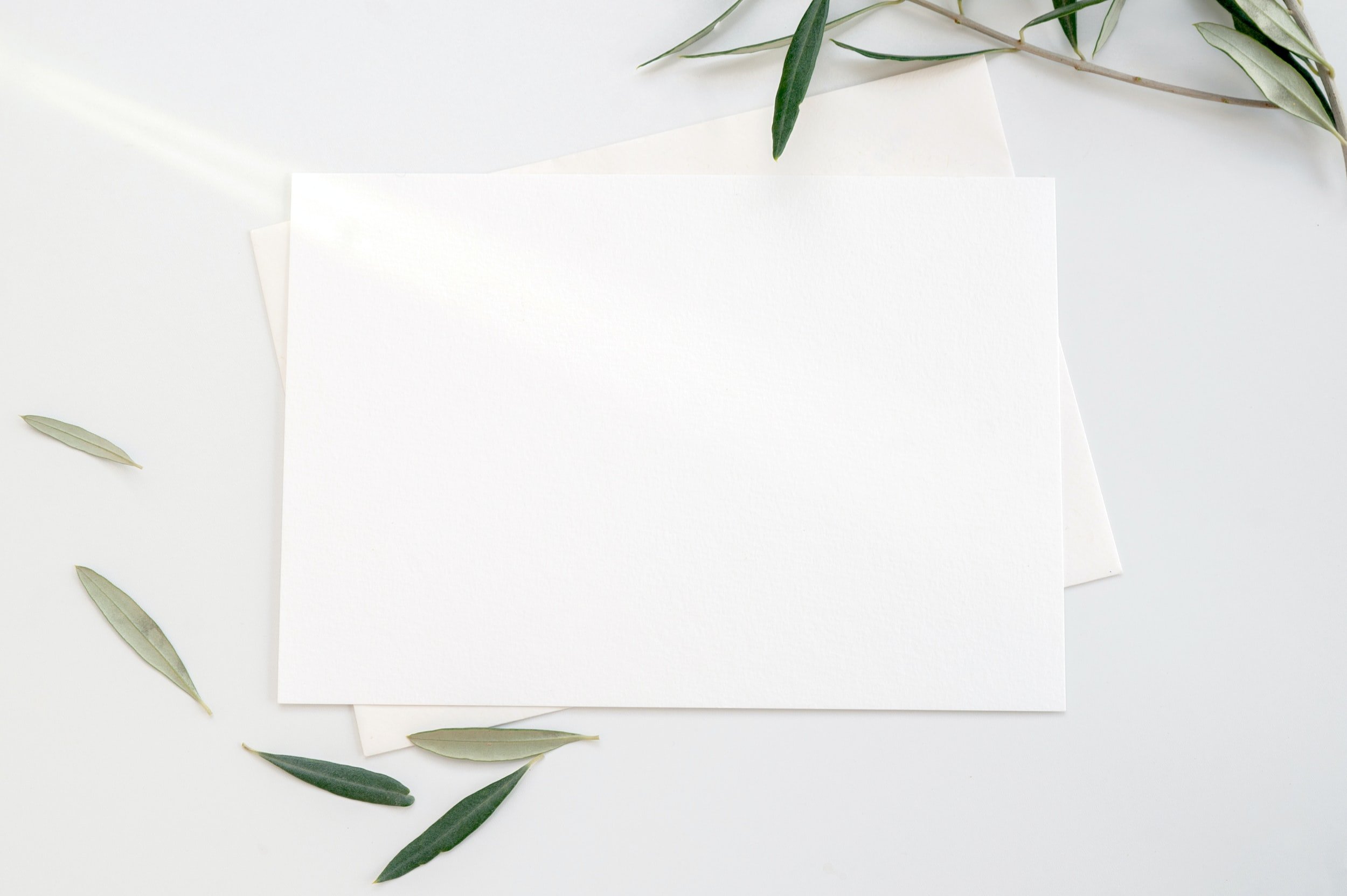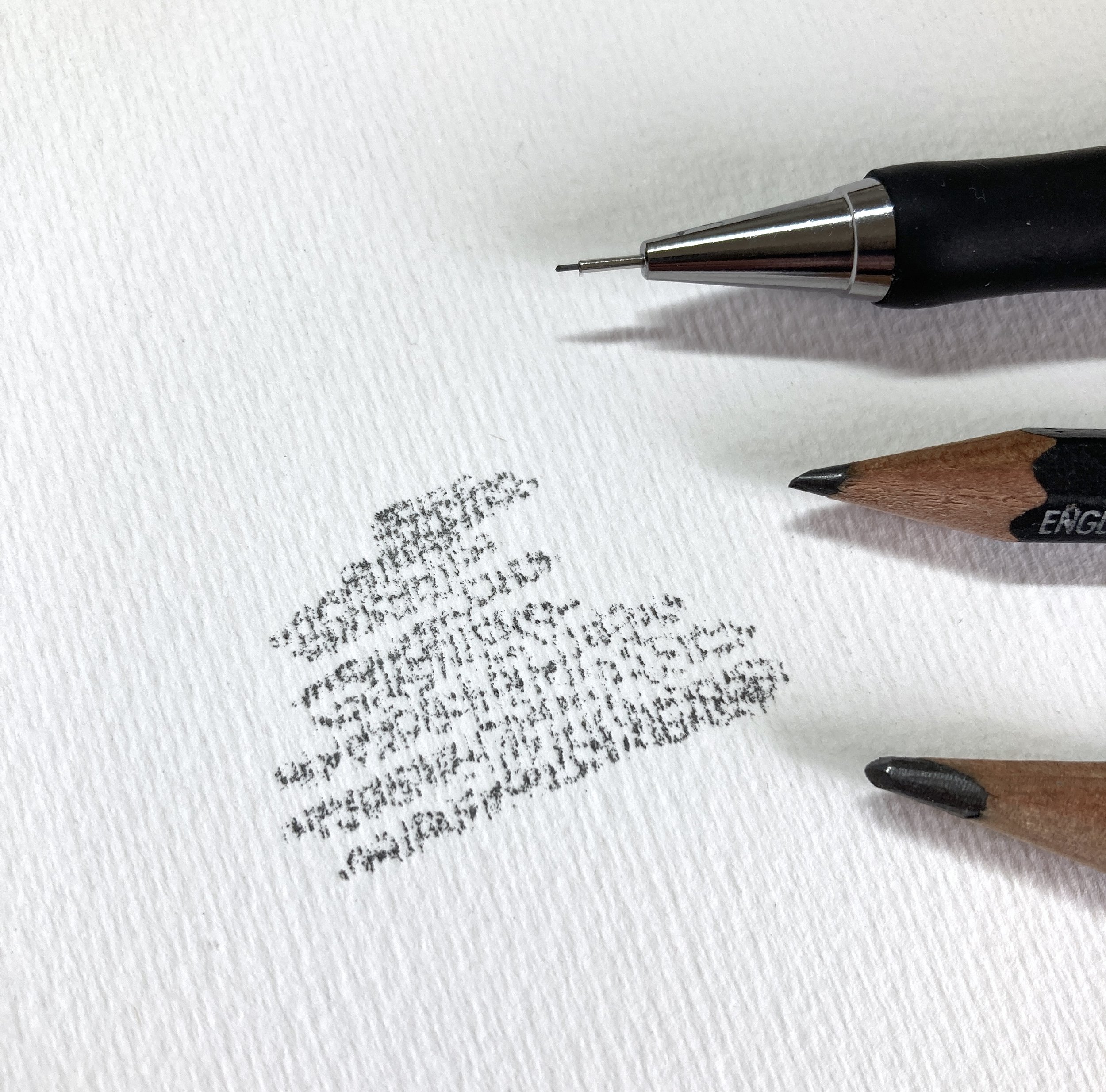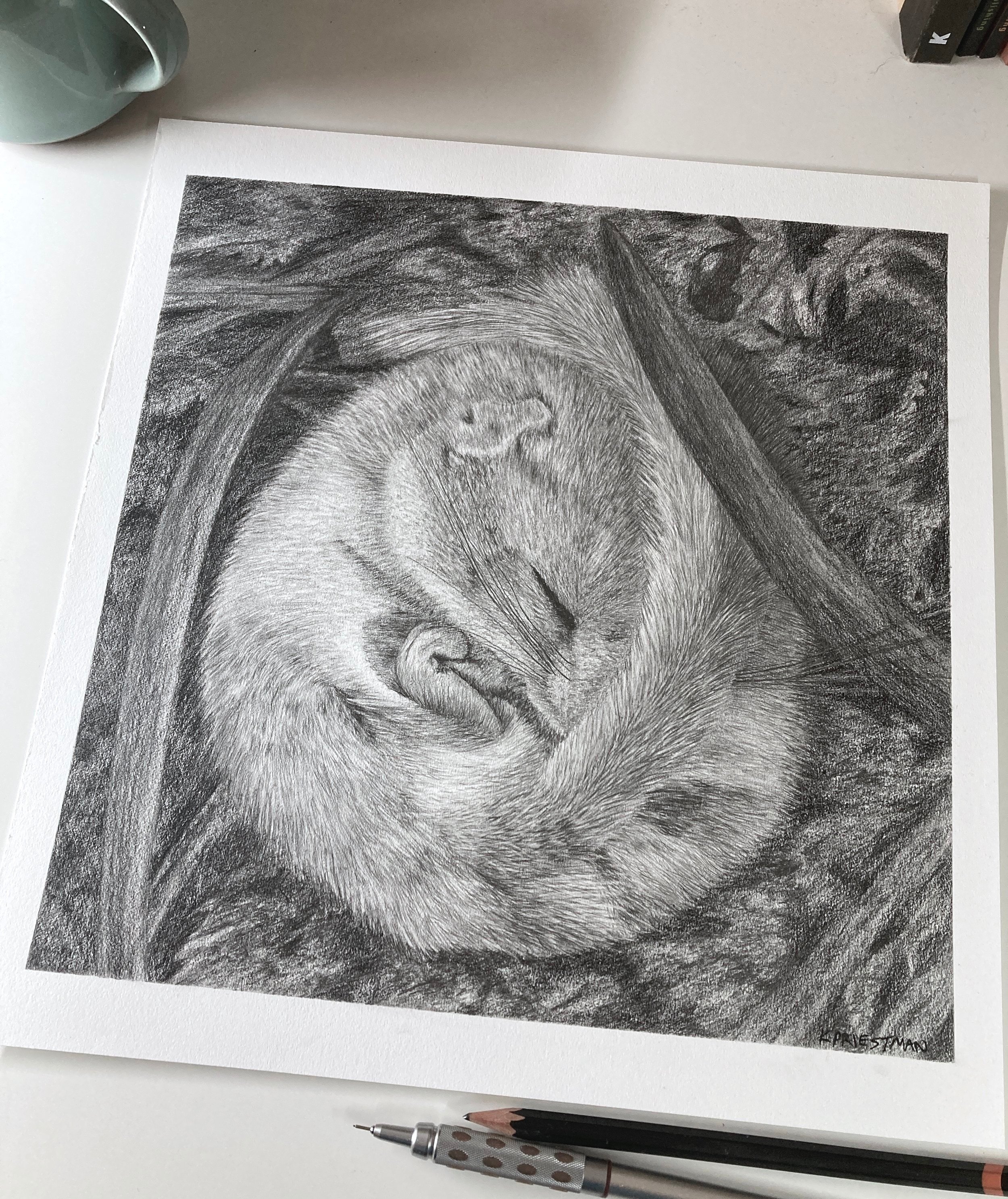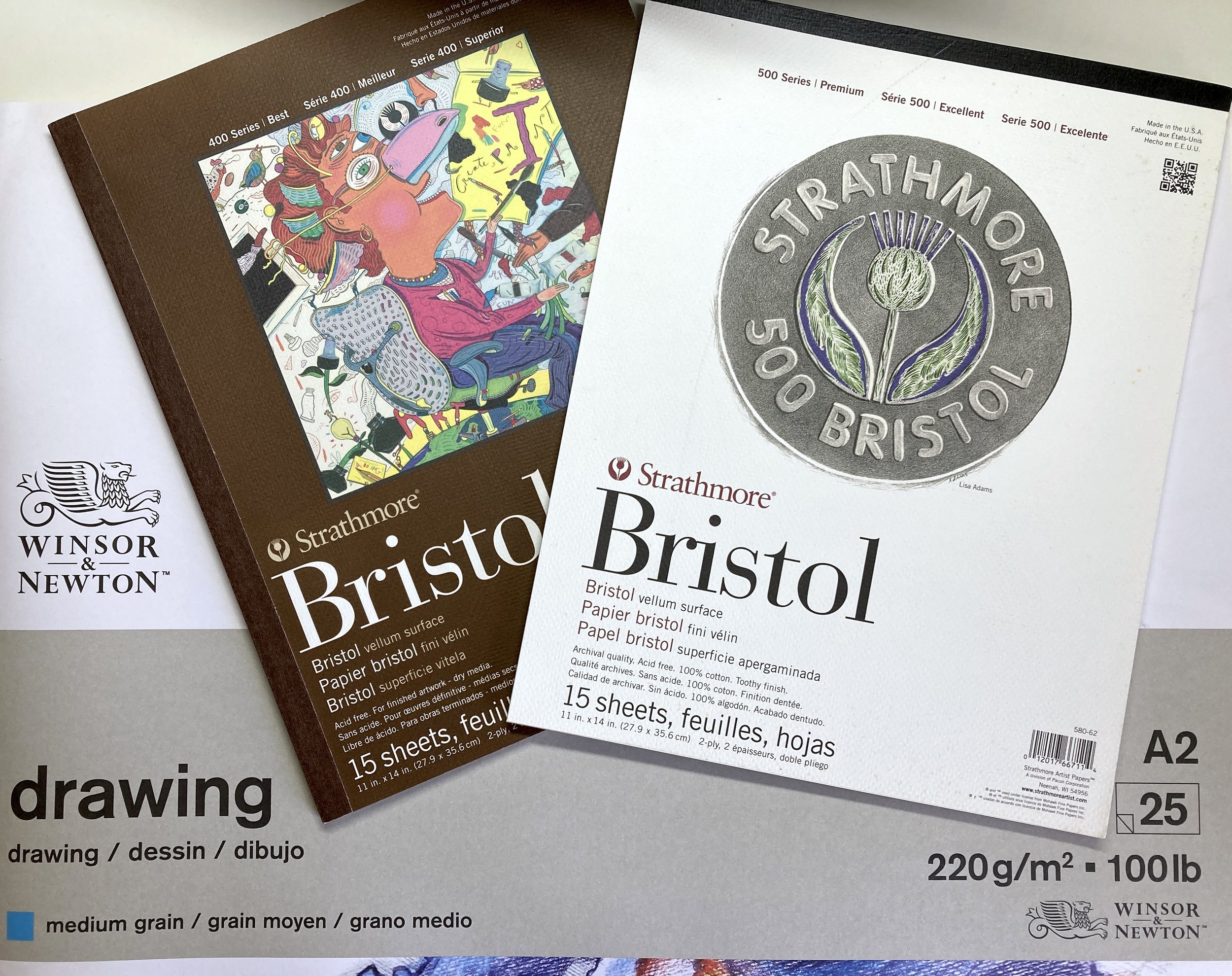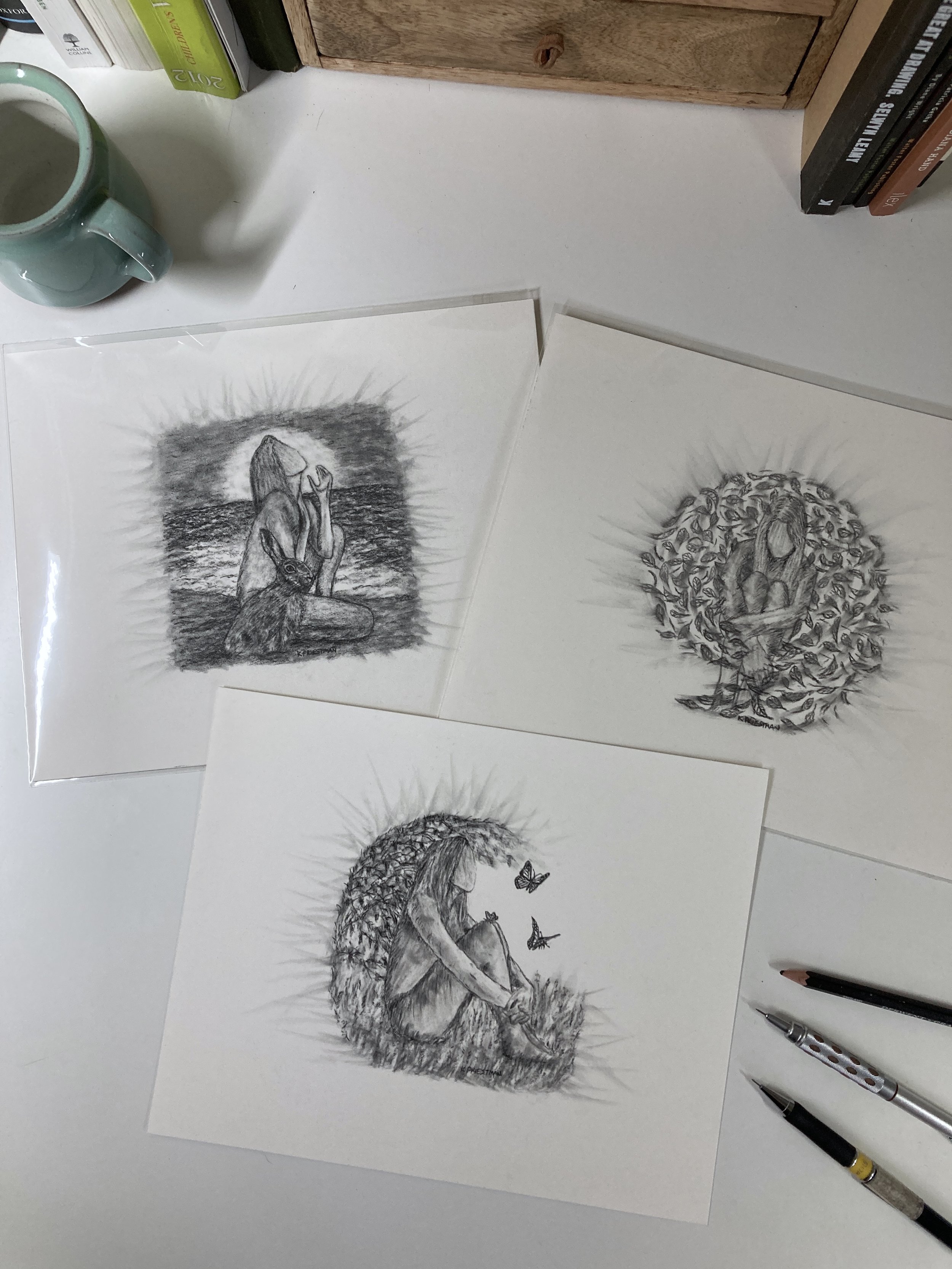Best paper for graphite drawing
When it comes to creating artwork, the combination of the art medium and the surface it is applied to is significant. The choice of surface used in art heavily influences the way in which the medium comes to life; the way that it can be manipulated and worked; and the resultant atmosphere and feel of the piece. Over the last seven years I have tried out a variety of surface types and in this post I’ll be using that experience to unpick the best paper for graphite drawing.
The basics
I’ll start with one or two basics that I always consider when choosing paper for my artwork.
Acid free
My drawings are typically framed and displayed on a wall; therefore, I want to make sure that I give them every possible chance to last the rigours of time – to that end I always make sure that any surface I use for finished artwork is acid free.
Acid free paper is designed to resist yellowing or breaking down with age. However, this doesn’t negate the need to store and display the artwork sensitively as other factors will combine to degrade a drawing over time; it is also important to keep artwork out of direct sunlight, and to consider the effects of humidity and heat.
Surface texture
The grain/tooth of a paper plays a hugely important role in the way that graphite is laid down onto a surface.
The more textured a surface is, the easier it holds onto the graphite as it is applied, the easier it is to achieve darker tones with less effort and a wider range of tones can often be achieved.
Smoother textured paper on the other hand makes precise detail in graphite drawing easier to achieve, but it can make the even blending of tones more challenging.
Paper texture, therefore, should be selected according to the type of drawing/subject matter/style you are aiming to produce.
Paper weight
Grams per square metre (gsm) refers to the weight of the paper. The heavier and thicker the paper, the higher the gsm.
The weight of paper is generally more important with wet media use, such as watercolour as a heavier weight paper will cope better with the application of water than a lighter weight paper. Heavier paper will also often cope better with the need to erase and rework areas of a drawing.
Paper types
Now that we’ve covered a few basics, it’s time to move on to the specific papers that I personally favour and use for my own artwork*.
When I first began drawing, I did try out a few smooth-surfaced papers; however, I quickly discovered that they didn’t allow me to easily produce the range of tones that are a feature of my artwork. That being said, if you are new to using graphite then I really do encourage you to try out different surface textures for yourself, as a smooth surface may well suit your style of artwork better than it does mine.
Velum/medium textured paper
Whilst I still love to experiment with different surfaces, my go-to at present is definitely a vellum/medium textured surface rather than smooth.
The two brands that I opt for are Strathmore and Winsor & Newton; specifically the Strathmore Bristol vellum surface 400 series (9x12” & 11x14”) and 500 series. For a slightly smoother surface, I do occasionally opt for the 300 series that Strathmore produce (sizes include 9x12” & 11x14”), again in a vellum surface.
Winsor & Newton cartridge paper isn’t as heavyweight as the Bristol paper but has a medium surface texture that is really easy to work with, allowing tones to be built up with ease and reworked as required. It is also available in larger size gummed pads compared to the Strathmore Bristol paper.
I have experimented with expensive watercolour paper in the past after seeing a recommendation from another graphite artist, but I found it to be too textured for graphite pencil, being harsh to work on and the tooth of the paper being too deep, such that the graphite was deposited only partially on the surface.
Clay boards and sanded paper
Relatively recent surfaces I have been experimenting with are clay boards and sanded art paper.
Ampersand Pastelbord is a hard panel that has been coated in a Kaolin clay based gesso (as shown in the image of my lighthouse drawing). The pastelbord is available in a variety of sizes and whilst not cheap to purchase, I found the experience of working on this surface to be very different to working on paper and a dream to use when producing landscape/seascape drawings because of its superb blending quality.
LuxArchival is a brand of sanded art paper, which as the name suggests, has an abrasive feel to it such as you’d expect from a fine sand paper (used in the three drawings shown in this image). As with the clay board, compared to paper, it is not cheap to buy.
My experimentation with the clay board and sanded art paper is very much in its infancy; however, the blending ability of them and ease of producing a deep tonal range is really lovely.
It is also possible to get detail down onto these surfaces but I find it to be less straightforward than on paper, mainly due to the way that these surfaces shred through graphite cores with ease. They are also much less forgiving when it comes to erasing graphite – in fact, forget using a traditional eraser, my experimentations so far have found that lifting graphite off them with Blu-tack or a kneadable putty eraser is the only way to go; they also have a tendency to stain relatively easily and the sanded paper can collect fine dust and grains of graphite across its surface.
Whilst I have enjoyed working with the clay board and sanded paper surfaces to date, they do take a degree of sensitivity to use and are less forgiving than paper. Even though they are unlikely to replace my use of Strathmore and Winsor & Newton papers for the time being, they are definitely surfaces I will return to in the future for landscapes and seascapes where a dreamier and freer quality is sought. I am also going to try Ampersand Claybord panel next, which I suspect will be much smoother to use than the Pastelbord – I have a feeling that I may soon be a new convert to this surface!
I hope that if you are new to using graphite, this article has given you an insight into the best paper for graphite drawing and that you also have a few ideas for other surfaces to try out. No doubt I will continue to experiment with different papers and surface types, which is part of the fun of working with graphite – I’ll let you know how I get on.
*Please note that I am a member of Jackson’s Art affiliate scheme. I joined the scheme because having had firsthand experience of being one of their customers, I am happy to recommend this online art store to others. Being an affiliate means that I occasionally generate a small amount of revenue through affiliate marketing. This means that if you click a product link on my website and buy something, I may receive a small commission from the store as a thank you for referring you. It doesn’t cost you anything or alter the amount that you pay for a product.

